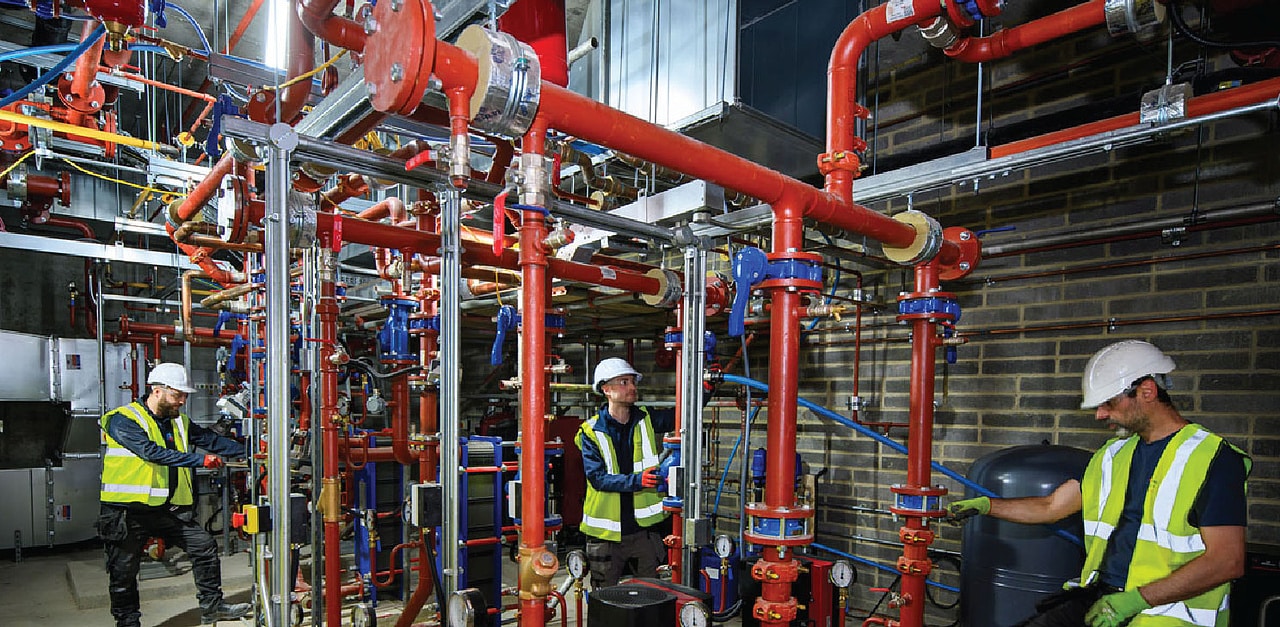The US Environmental Protection Agency has chosen 55 applications for nearly US$ 3 billion in Clean Ports Program grants, financed by the Inflation Reduction Act, a selection that was highly anticipated in the market. The grants will fund zero-emission port equipment and infrastructure as well as climate and air quality planning at ports across 27 states and territories.
A total of 55 applications were selected for an estimated funding of US$ 2.9 billion, including 30 awarded under the Climate and Air Quality Planning (CAQP) Competition, which received US$ 60m, while the remaining 25 applications from the Zero-Emission Technology Deployment (ZE Tech) Competition secured US$ 2.8 billion in grant funding.
The awarded projects include over 1,500 units of cargo handling equipment, 1,000 drayage trucks, 10 locomotives, and 20 vessels, as well as shore power systems and solar power generation. A total of 43 of the selected Clean Ports Program projects (21 CAQP and 22 ZE Tech) are located at hubs designated by the National Zero-Emission Freight Corridor Strategy. Many of the selected Clean Ports projects complement the charging and hydrogen fueling infrastructure deployment priorities outlined in the strategy.
The biggest winners of the program include the City of Los Angeles, which has secured a massive US$ 412m grant to support the zero-emission (ZE) transition at the Port of Los Angeles. The port said that together with its private sector partners it will match the EPA grant with an additional US$ 236m, bringing the total new investment in ZE programs at the Port of Los Angeles to US$ 644m. The new funding will go toward purchasing nearly 425 pieces of battery electric, “human-operated” ZE cargo-handling equipment, installing 300 new ZE charging ports and other related infrastructure, and deploying 250 ZE drayage trucks. The grant will also provide US$ 50m for a community-led ZE grant program, workforce development, and related engagement activities.
Zero-emission equipment purchases supported by the new grant funding will include 337 yard tractors, 56 top handlers, 24 heavy-duty forklifts, 10 battery electric storage systems, 2solar arrays, 300+ chargers, 250 drayage trucks and an auto terminal vessel shore power AMP connection.
The port said that the zero-emission initiatives supported by the EPA grant and matching funds are expected to cut the port’s annual emissions of NOx by 55t, PM2.5 by 1.5t and greenhouse gasses by 41,500t, and eliminate 3.5m gallons of annual diesel fuel usage.
“This transformative investment will be a tremendous boost to our efforts to meet our ambitious zero emission goals, improve regional air quality, and combat climate change while accelerating the port industry’s transition to zero emissions across the country,” said Port of Los Angeles Executive Director Gene Seroka.
“The men and women of the ILWU are thrilled to learn of this over $400 million investment, by the U.S. EPA, in the environmental and economic well-being of our members and local community,” said Gary Herrera, President, International Longshore and Warehouse Union (ILWU), Local13. “Human operated, zero-emission cargo-handling equipment is the gold standard for maritime port operations not only because it protects good jobs while cleaning the air, but is also the most efficient and cost-effective in terms of port operations, while additionally providing the necessary safeguards against cyber threats to our national security.”
“These important funds put an exclamation mark on the progress that has already been made by the maritime industry in our long-term partnership with the Port of Los Angeles, resulting in diesel particulate matter reductions of -91% and sulfur oxides by -98% since 2005 in Southern California,” said Mike Jacob, President of the Pacific Merchant Shipping Association.
In addition to the Port of Los Angeles, the winners of the Clean Ports Program funding include several California ports: the Port of Oakland received US$ 322.2m for electric and hydrogen cargo handling equipment, drayage trucks, charging infrastructure, solar generation, and a battery energy storage system; the Port of Stockton secured $110.5m for electric cargo handling equipment and charging infrastructure. The Port of New York and New Jersey bagged US$ 344.1m for electric cargo handling equipment, drayage trucks, and vessel shore power, and the Port of Virginia won US$ 380m for electric cargo handling equipment, charging infrastructure, and battery energy storage systems. The following five grants rounded out the top 10 awards:
- The Port of Wilmington: US$ 127.5m for electric cargo handling equipment and charging infrastructure.
- Salt Lake City Intermodal Terminal: US$ 110m for electric drayage trucks, locomotives, cargo handling equipment, and supporting infrastructure.
- Port of Corpus Christi: US$ 105m for electric cargo handling equipment, locomotives, and vessel shore power.
- Port of Cleveland: US$ 94.3m for electric equipment, charging infrastructure, solar generation, and battery energy storage.
- Illinois International Port District: US$ $92m for electric drayage trucks, cargo handling equipment, hydrogen locomotives, charging and hydrogen fuelling infrastructure, solar generation, battery energy storage systems, and vessel shore power.
Port Houston secured US$ 2.98m for an emissions inventory reduction strategy analysis and developing a performance measurement framework. Similarly, the Port of Charleston won US$ 1.32m, while the Port of Baltimore received US$ 1.97m.
To learn more about the future of zero-emissions off-highway vehicles, hear keynote speeches about the latest innovations in the field, and visit a wide array of exhibitors, book your tickets to the DZOM EXPO, taking place at the Donald E. Stephens Convention Centre in Chicago, IL, on December 3–4, 2024.
For more information, visit our website or email us at info@innovatrix.eu for the event agenda.
Source:













